In an era where environmental responsibility and urban revitalization are critical to future development, adaptive reuse has emerged as a compelling architectural and planning strategy. This practice refers to the process of repurposing old buildings—many of which may have been left abandoned or deemed obsolete—for uses other than those originally intended. It fuses the character and history of the past with the innovation and functionality of contemporary design. This blog dives deep into the world of adaptive reuse: its importance, methodologies, real-world examples, and its growing role in sustainable urban development. Understanding Adaptive Reuse Adaptive reuse isn’t just about refurbishing a structure; it’s about rethinking how space is used. It’s the architectural equivalent of upcycling—where an old, perhaps deteriorating building is transformed into something useful, valuable, and beautiful again. Churches become cafes, factories become museums, train stations become bookstores. The possibilities are as diverse as they are creative. This process goes beyond renovation or restoration. While restoration focuses on bringing a structure back to its original condition, adaptive reuse reimagines it entirely, often giving it a brand-new purpose while preserving its aesthetic or structural integrity. Why Adaptive Reuse Matters Today 1. Environmental Sustainability One of the most urgent global challenges is the environmental cost of construction. Adaptive reuse offers a greener alternative by: In short, adaptive reuse is a sustainable antidote to the culture of demolish-and-rebuild. 2. Preservation of Cultural Identity Buildings tell stories. They hold collective memories, represent architectural styles, and symbolize the history of their locations. Adaptive reuse …
Adaptive Reuse: Breathing Life into Old Buildings
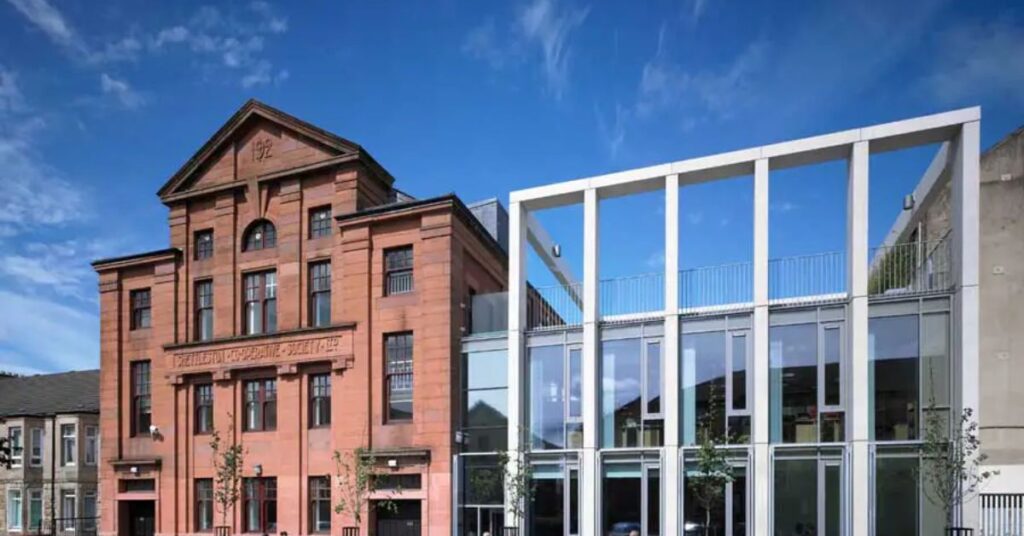
In an era where environmental responsibility and urban revitalization are critical to future development, adaptive reuse has emerged as a compelling architectural and planning strategy. This practice refers to the process of repurposing old buildings—many of which may have been left abandoned or deemed obsolete—for uses other than those originally intended. It fuses the character and history of the past with the innovation and functionality of contemporary design.
This blog dives deep into the world of adaptive reuse: its importance, methodologies, real-world examples, and its growing role in sustainable urban development.
Understanding Adaptive Reuse
Adaptive reuse isn’t just about refurbishing a structure; it’s about rethinking how space is used. It’s the architectural equivalent of upcycling—where an old, perhaps deteriorating building is transformed into something useful, valuable, and beautiful again. Churches become cafes, factories become museums, train stations become bookstores. The possibilities are as diverse as they are creative.
This process goes beyond renovation or restoration. While restoration focuses on bringing a structure back to its original condition, adaptive reuse reimagines it entirely, often giving it a brand-new purpose while preserving its aesthetic or structural integrity.
Why Adaptive Reuse Matters Today
1. Environmental Sustainability
One of the most urgent global challenges is the environmental cost of construction. Adaptive reuse offers a greener alternative by:
- Reducing demolition waste: Tearing down buildings creates tons of rubble, dust, and pollutants.
- Minimizing new materials: Reuse significantly cuts the carbon footprint associated with manufacturing and transporting new construction materials.
- Conserving embodied energy: Every building contains “embodied energy”—the total energy used to construct it. Reusing buildings preserves this energy rather than wasting it.
In short, adaptive reuse is a sustainable antidote to the culture of demolish-and-rebuild.
2. Preservation of Cultural Identity
Buildings tell stories. They hold collective memories, represent architectural styles, and symbolize the history of their locations. Adaptive reuse allows us to:
- Retain architectural heritage
- Maintain community identity
- Avoid the generic, sterile look of many new constructions
Think of industrial loft apartments in old mills or the transformation of colonial-era buildings into boutique hotels—the historical ambiance becomes an asset, not an obstacle.
3. Economic and Urban Revitalization
Adaptive reuse can be a powerful tool for revitalizing urban areas, particularly post-industrial or post-war cities suffering from decay. By investing in old infrastructure, cities avoid sprawl, enhance livability, and attract tourism and economic activity.
Moreover, adaptive reuse projects can often cost less than new constructions, especially when factoring in the availability of government tax incentives, such as heritage grants or energy-efficiency subsidies.
Key Considerations in Adaptive Reuse
Adaptive reuse is not just about transforming a building’s function—it requires careful analysis and strategic planning to ensure safety, feasibility, and long-term value. One of the first considerations is structural integrity. Older buildings must be assessed for their ability to withstand new loads, comply with seismic norms, and accommodate modern mechanical systems. Often, hidden issues like deteriorated foundations, rusted steel, or outdated plumbing can emerge during renovation.
Zoning regulations and building codes also play a critical role. Adaptive reuse projects may need variances or special approvals, especially when changing building use from industrial or institutional to residential or commercial. Heritage preservation laws may restrict alterations to facades, interiors, or materials, demanding sensitive design approaches.
Accessibility and sustainability upgrades are equally crucial. Integrating elevators, ramps, HVAC systems, and fire exits into old structures requires creativity without compromising historic character. At the same time, modern expectations—such as energy efficiency, daylighting, and water conservation—must be addressed.
Finally, cost management and community engagement are vital. While adaptive reuse can be more economical than new construction, unforeseen restoration costs must be planned for. Public sentiment, especially around heritage or religious sites, also needs to be considered to ensure the adaptive reuse respects cultural and emotional connections.
Successful adaptive reuse requires a deep understanding of both the building’s past and its potential future. Key factors include:
Iconic Examples of Adaptive Reuse
1. Tate Modern, London
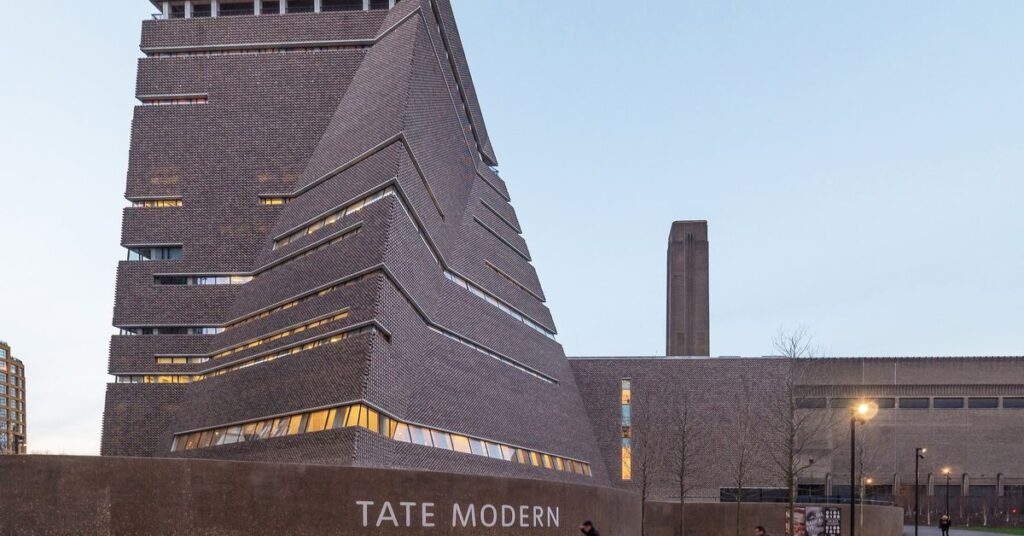
Once a power station on the banks of the Thames, this massive brick structure was reborn as one of the world’s most renowned contemporary art galleries. The architects, Herzog & de Meuron, preserved the original turbine hall as a dramatic central space, demonstrating how industrial scale can be reimagined for artistic awe.
2. High Line, New York
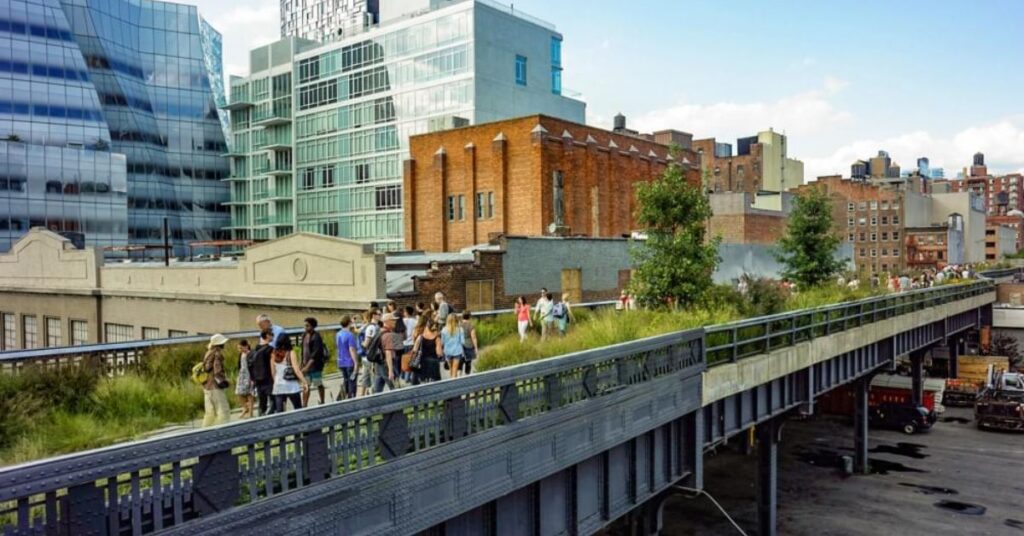
This elevated rail line was transformed into a public park, threading through Manhattan’s West Side. It reinvents an abandoned piece of infrastructure as a dynamic green corridor and tourist magnet, sparking real estate development and cultural activity around it.
3. Basilica di San Giovanni e Paolo, Venice
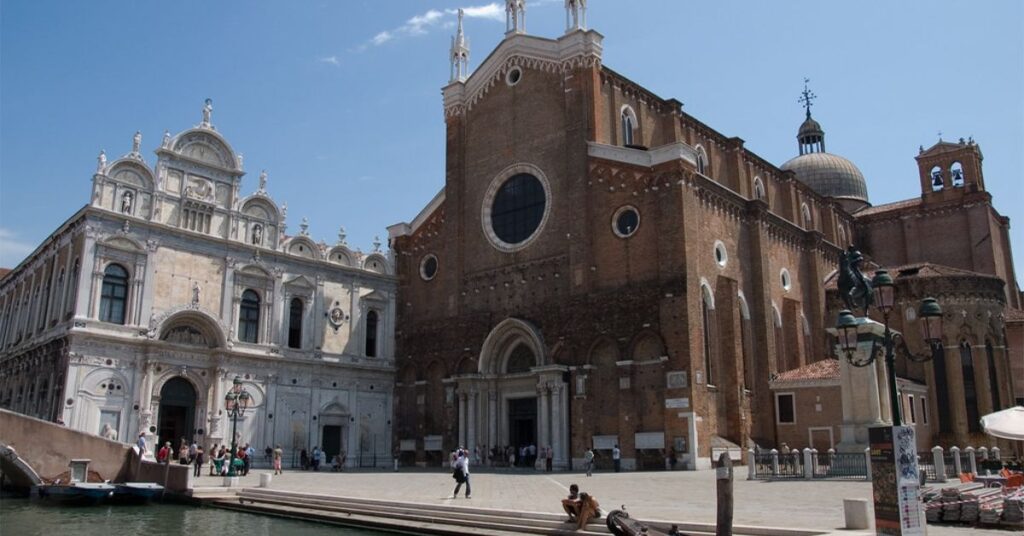
This ancient church has been adapted into multiple uses over centuries—including a military hospital. It reflects how buildings can shift purpose over time without losing their historic value.
4. National Gallery of Singapore
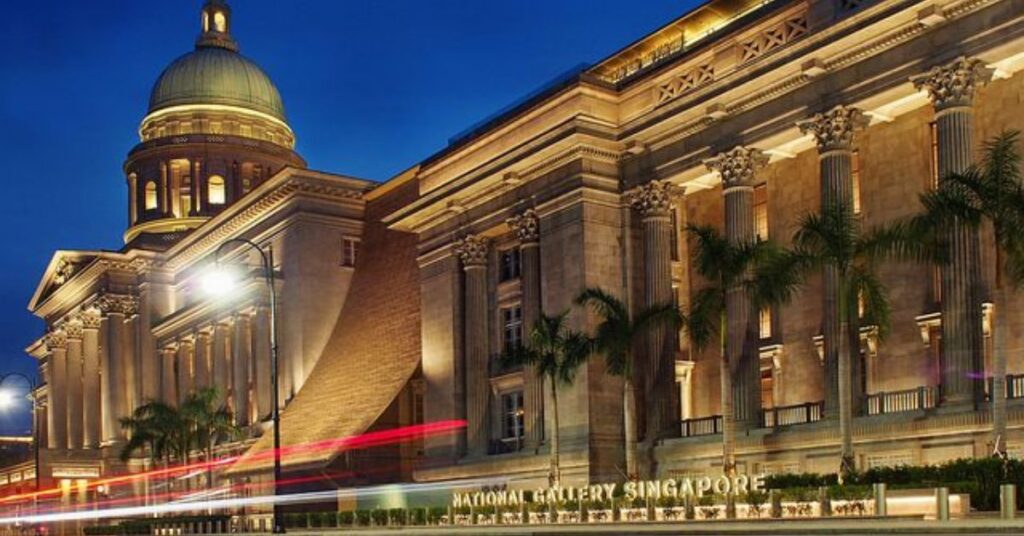
Two colonial-era buildings—the Supreme Court and City Hall—were adapted into a world-class museum space, blending colonial architecture with sleek contemporary design elements.
Adaptive Reuse in India: Cultural and Contemporary Approaches
In India, adaptive reuse has emerged as a powerful way to blend cultural preservation with modern functionality. The country’s rich architectural heritage—ranging from Mughal-era havelis and colonial bungalows to vernacular homes—offers immense potential for creative transformation. Iconic examples include the conversion of Haveli Dharampura in Delhi into a heritage hotel, the revival of Ballard Estate’s warehouses in Mumbai as art cafés and studios, and the reimagining of Portuguese villas in Goa as boutique stays and galleries. Indian architects are increasingly combining traditional design elements with sustainable and contemporary materials, creating spaces that honor the past while meeting today’s needs. As urban development accelerates, adaptive reuse is becoming a vital tool for retaining cultural identity and revitalizing aging cityscapes.
These efforts help revive heritage structures while fostering new forms of local economic activity.
Challenges of Adaptive Reuse
While promising, adaptive reuse is not without hurdles:
- Regulatory hurdles: Navigating heritage restrictions, zoning laws, and local policies can be complex.
- Hidden costs: Older buildings often conceal costly surprises—like asbestos, foundation issues, or outdated plumbing.
- Design sensitivity: Insensitive alterations can erase historical value instead of enhancing it.
- Community resistance: Local populations may resist changes to well-known buildings if not included in the design process.
Thus, collaboration among architects, conservationists, developers, and communities is essential to ensure ethical and effective reuse.
The Future of Adaptive Reuse
Adaptive reuse is set to become a key strategy for sustainable, resilient cities. With rising urban density and climate concerns, it offers a smart alternative to demolition. Future trends include the use of AI, BIM, and 3D scanning to assess and transform aging buildings more efficiently. There’s a growing shift toward multi-use spaces—combining residential, commercial, and cultural functions in one structure.
More religious, industrial, and institutional buildings will be reimagined for modern needs, while green tech like solar panels, passive design, and eco-materials will make heritage buildings part of the climate solution. Adaptive reuse is not just preserving the past—it’s reshaping the future of architecture.
Technologies like 3D scanning, BIM (Building Information Modeling), and AR visualization also make it easier to analyze and reimagine aging structures.
Conclusion
Adaptive reuse isn’t just a practical approach to architecture—it’s a philosophical stance. It values what already exists, embraces the scars of time, and looks forward to what a space can become. By breathing new life into old buildings, we not only save materials and money but also honor memory, foster sustainability, and create character-rich environments.
In a world that often races toward the new, adaptive reuse reminds us that some of the best foundations for the future have already been laid.


